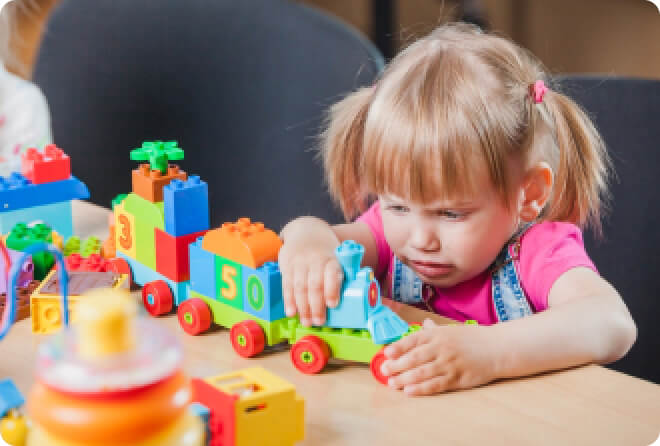Introduction
Speech and language challenges are more common than many people realize, and they can affect children in various ways. From difficulty pronouncing words to struggles with understanding language, these challenges can impact communication, learning, and social interactions. In this blog, we’ll break down some of the most common speech and language disorders, helping parents and caregivers understand the signs and available treatments.
Articulation Disorders
Children with articulation disorders have trouble pronouncing certain sounds correctly. For example, they might substitute one sound for another (“wabbit” instead of “rabbit”) or leave sounds out entirely. While occasional mispronunciations are normal for young children, persistent errors beyond a certain age may indicate the need for speech therapy.
Language Delays
Language delays occur when a child’s ability to understand or use language is significantly behind their peers. This can involve receptive language (understanding what others say) or expressive language (using words and sentences to communicate). Language delays can affect a child’s ability to follow instructions, answer questions, or express their needs.
Stuttering (Fluency Disorders)
Stuttering is a fluency disorder characterized by interruptions in the flow of speech, such as repeated sounds, prolonged syllables, or frequent pauses. While it’s common for young children to go through periods of disfluency, consistent stuttering may require professional intervention to help the child speak more smoothly and confidently.
Social Communication Disorders
Social communication disorders affect a child’s ability to interact with others in socially appropriate ways. This includes challenges with understanding nonverbal cues, taking turns in conversations, or adapting communication to different social contexts. These difficulties often overlap with conditions like autism spectrum disorder (ASD).
How Speech Therapy Can Help
Speech therapy provides targeted interventions to address these disorders, tailored to each child’s unique needs. Therapists use a variety of techniques, such as:
Play-based activities to improve articulation and vocabulary.
Structured exercises to enhance fluency and pronunciation.
Role-playing scenarios to build social communication skills.
The goal is to equip children with the tools they need to communicate effectively and confidently.
Conclusion
Understanding common speech and language disorders is the first step toward helping your child overcome communication challenges. At Speech Therapy Hub NJ, we specialize in diagnosing and treating a wide range of speech and language issues, providing personalized care to support your child’s development. If you have concerns about your child’s communication skills, don’t hesitate to reach out—we’re here to help them find their voice.





